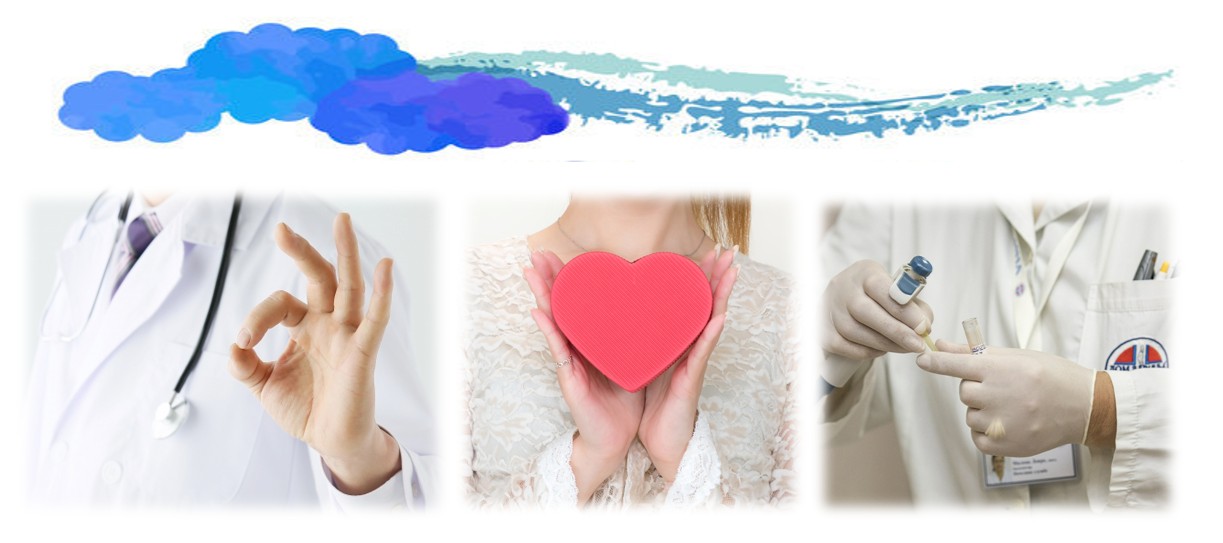By Ann Yu, The China Post December 5, 2012, 12:17 am TWNThe China Post --A Council of Agriculture (COA) report yesterday claimed that between 400 and 800 rabbits are used by pharmaceutical factories every year for pyrogen testing, with up to 19,500 rabbits likely having undergone the test over the past 30 years.The Environment and Animal Society of Taiwan (EAST, 台灣動物社會研究會) raised concern over the widely performed Rabbit Pyrogen Test (RPT), pointing out that the Monocyte Activation Test (MAT), which instead uses blood drawn from humans, has been approved by the European Pharmacopoeia and the U.S. Food and Drug Administration.Limulus amebocyte lysate (LAL), a widely popular alternative method which requires blood tests on a certain species of horseshoe crabs, has also drawn disapproval from the association.RPT is a drug-testing method developed in the 1930s in which rabbits are injected with pyrogen substances to measure any resulting fevers. As the sensitivity of the immune systems of rabbits is highly similar to the human body, RPT became a widely used method for pyrogen testing.According to EAST Director-General Chu Tseng-hung (朱增宏), rabbits used for testing are individually locked along rows of guillotine-like stands while they receive injections in their ears and have their body temperatures measured every 30 minutes.Without not even enough space to move, the conditions are like torture for the rabbits, Chu said."If unfortunately they become infected, they will suffer a fever, shock or die," he said.According to the Animal Protection Act, the use of live animals for scientific applications should be avoided as much as possible; when there is an inevitable need for the use of animals, it should be limited to as few animals as possible and performed with the smallest amount of pain or harm.However, EAST stated that in a survey taken from 2006 to 2012, 100 percent of pharmaceutical factories were found to use animals for their pyrogen tests. Although 72 percent of the 25 surveyed factories chose the LAL method, there were still seven factories that used both testing programs.EAST also blamed the government for not including the MAT method in the Chinese Pharmacopoeia (中華藥典) yet still widely approving the RPL and LAL methods."We are sorry to see that the government has neglected to actively seek alternatives for these drug tests, silently allowing the abusive usage of animals," said Chu.Although representatives from the National Science Council and Taiwan's Food and Drug Administration all promised to speed up the process of revising a draft law for the protection of animals, legislators expressed some misgivings.Lawmaker Lin Shu-fen (林淑芬) said, "You need to give us a specific plan and the time of execution. Promising to speed things up is not concrete enough," she scolded.




